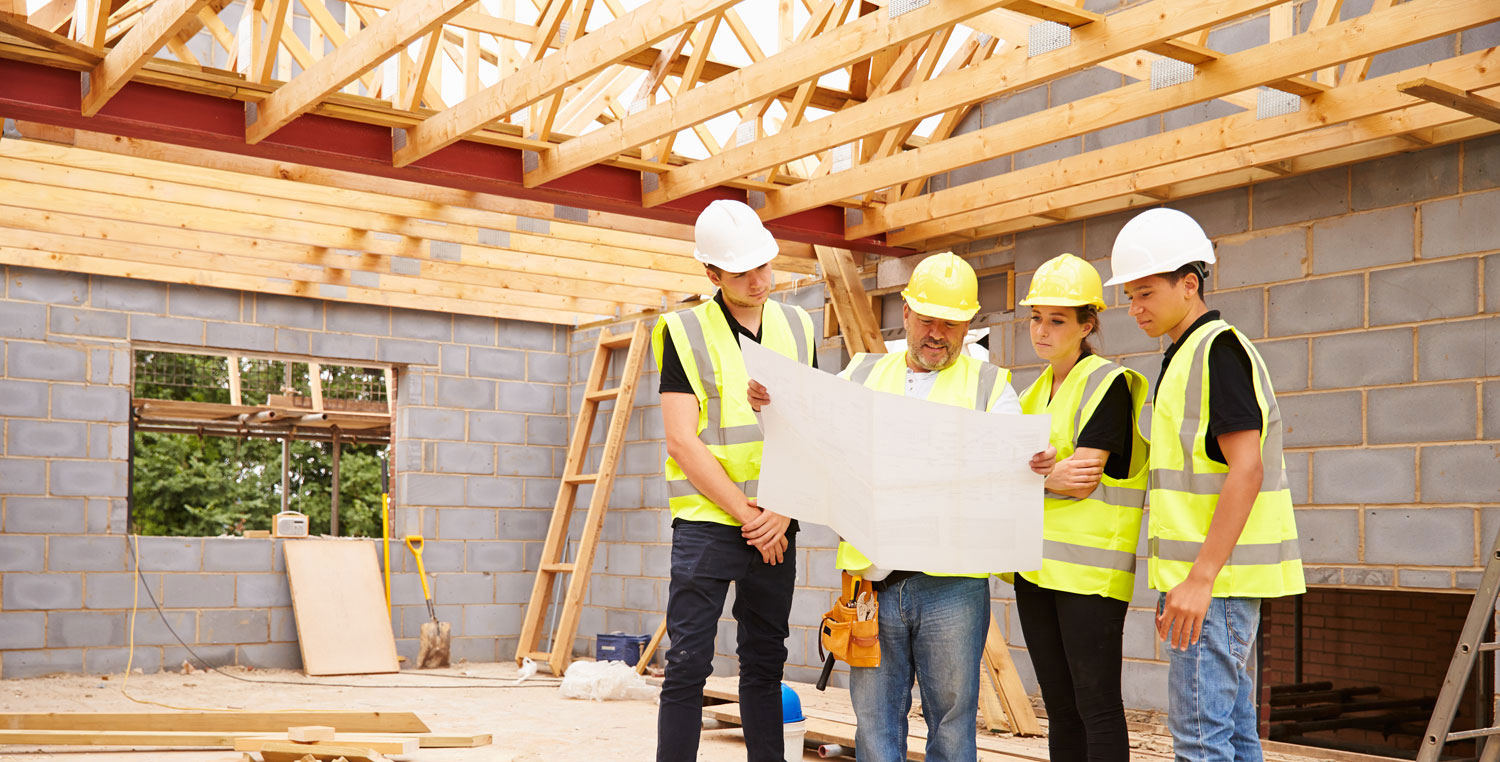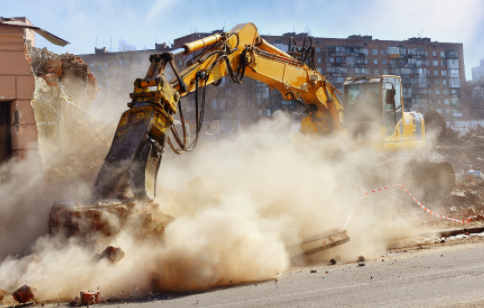1 What is Silica Dust?
Silica dust (crystalline silica) can be found in stone, rock, sand, gravel and clay. Silica dust can also be found in the following building materials:
- Brick
- Tiles
- Concrete
When these materials are disturbed, silica is released as a fine dust known as respirable crystalline silica or silica dust.
All States and Territories in Australia have work health and safety laws that explain duty of care for employers and workers’ responsibilities, to prevent silica exposure.
2 What are the Health Effects?
Silica dust is harmful when inhaled into your lungs. Silica exposure can lead to the development of lung cancer, silicosis (an irreversible scarring and stiffening of the lungs), kidney disease and chronic obstructive pulmonary disease. These diseases have a long latency, usually appearing decades after exposure commences.
The amounts needed to cause this damage are not large. The most you should be inhaling during a day after using the right controls is shown next to the penny.

3 Who is at Risk of Silica Exposure?
You may be exposed to silica dust if your work involves:
- breaking, cutting, grinding, jack hammering of materials containing silica dust
- cleaning up of dust and debris created by the above activities
- sand blasting or casting
- paving, surfacing or cement finishing
- bricklaying
- demolition work
- road construction
- manufacture of glass, ceramics, brick, concrete, tile, metals or machinery

4 Safety & Compliance – What do you need to do??
Under the Victorian OHS Regulations 2017, an employer must, so far as is reasonably practicable, eliminate any risk associated with hazardous substances at the employer’s workplace. To adhere to the work health and safety laws, employers should follow the risk management process:
Step 1: Assess the Risk
When crystalline silica containing materials are supplied and brought into workplaces, they need to have accompanying documentation in the form of a safety data sheet (SDS). Where no SDS is likely to be present such as tunnelling through rock, drilling building foundations, or crushing stone or concrete, the employer will need to look for other sources of information to identify if there is likely to be a silica dust hazard.
Step 2: Control the Risk
A thorough risk assessment has to be made of all work processes involving crystalline silica to identify those processes which are generating dust, and whether workers are being exposed to silica dust. The risk assessment may include measuring workers dust exposure so that adequate controls can be put in place to protect the long-term health of the worker.
Control measures which may be implemented, include: isolation, engineering controls (such as wet methods, ventilation or dust extraction) and personal protective equipment.
Step 3: Induction, Information, Training and Supervision
Before an employee commences any activity, which poses a risk of silica exposure, the employer must provide adequate information & training for that employee to be able to conduct the work in the safest possible manner.
Step 3: Air Monitoring
An employer must ensure that an employee is not exposed to an atmospheric concentration of silica dust above the exposure standard. Air monitoring should be conducted to establish certainly as to whether the activity exceeds the exposure standard.
Step 5: Health Monitoring
Employers must ensure health surveillance is provided to workers who are exposed to crystalline silica dust. This health surveillance includes chest x-rays, standardised respiratory function tests and records of personal exposure.
How Can We Help?
BB Risk Solutions Consultants are trained and competent in risk assessments, air monitoring and the safe management of silica dust. Our team can assist you with identification, quantification and tailor-made safe management solutions. We will work with you to ensure you are fully informed of the potential risks associated with silica and provide information for ongoing management options.
For more information and advice, or to arrange an assessment by one of our occupational hygienists, please call 03 852 814 05 or visit our website www.bbrisksolutions.com.au
Useful Links:


